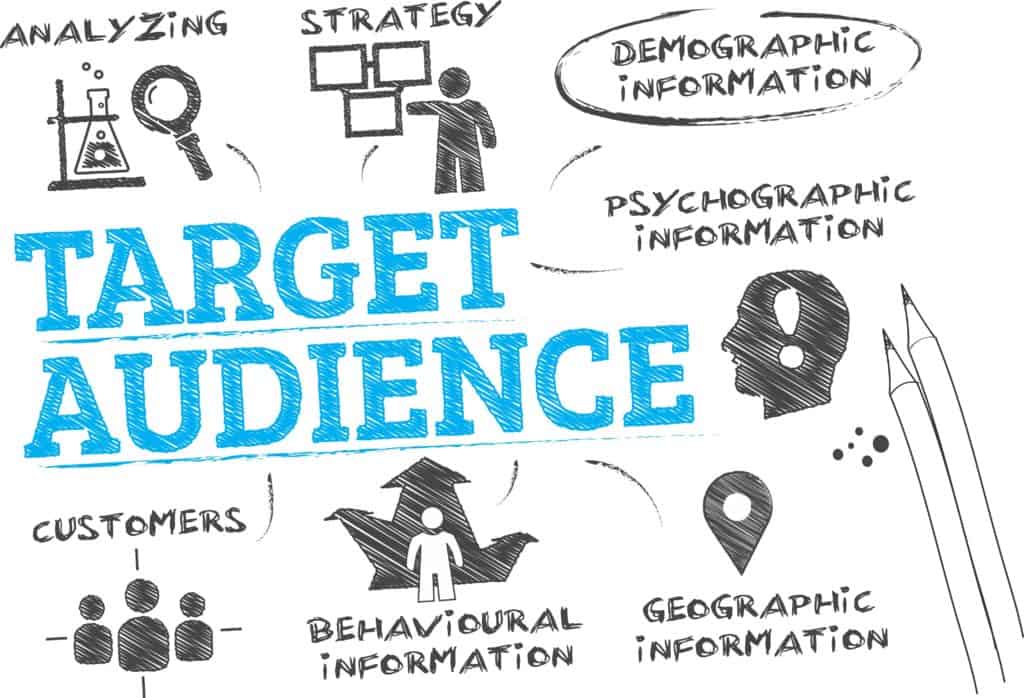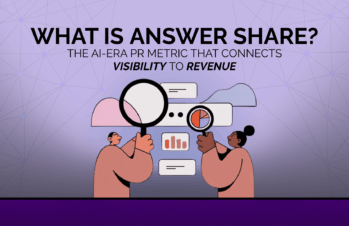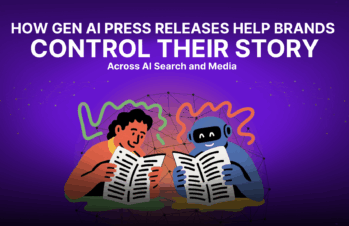Some PR campaigns generate such strong reactions and momentum that they spread like wildfire.
While it’s hard to predict exactly what will go viral, one can gain a solid position for marketing success by being mindful of the potential obstacles.
With that said, here are the top 6 challenges in getting a PR campaign to go viral:
1. Engaging your target audience
In order for a PR campaign to go viral, first, it must reach and resonate with one’s target audience. After all, it’s your target audience who will initially share your content with their social circle and followers.
It’s important to identify your target audience before you strategize your PR campaign.

Determine which buyer personas you intend to focus on. What kind of content has engaged them in the past? What are their pain points? What are they passionate about and why should they care about your campaign? It will not be possible to build a viral campaign without answering these crucial questions first.
2. Developing your strategy
Your campaign won’t go viral just by identifying your target audience. You need a tried and tested strategy for reaching them.
Determine which channels your target audience is likely to be on. A C-level exec, for example, is likely to stay abreast of industry publications and major news outlets. On the other hand, a tech blogger will probably be spending lots of time on social media sites.
By figuring out who you’re targeting and where they’re getting their information, you can start devising a list of which publications, journalists, bloggers, influencers, and other media personalities you want to reach.
Remember, with PR strategy comes goal setting. Consider using the SMART method when making your PR goals.
Your objectives should be:
- Specific
- Measurable
- Attainable
- Relevant
- Time-bound
3. Exhibiting creativity
Your campaign has to stand out to go viral. How can you innovate? How can you be unique?
It is a strategic balancing act to capture innovative creativity while engaging today’s media-savvy customers. There is always a new way to put your message across, and fresh and captivating are absolute requirements in today’s market.
During the 2013 Super Bowl, there was a power outage in the Superdome. Oreo’s creative response shown above got the brand 20,000 retweets and over 20,000 likes on Facebook.
Creativity is the quintessential element of going viral!
4. Evoking emotions
In addition to being clever and creative, many PR campaigns go viral for evoking a range of powerful emotions.
The Dove Real Beauty Sketches PR campaign confronts the issue of body image by asking a real woman to describe her physical appearance to a forensic artist, who then draws a picture of the woman based on her description. The second woman then describes the first woman to the same artist. Their descriptors, and resulting portraits, differ considerably.
Even the forensic artist was affected emotionally. In her words, “What has stayed with me are the emotional reactions the women had when they viewed the composite sketches hung side by side. I think many of these brave women realised that they had a distorted self-perception that had affected parts of their lives in significant ways.”
Over 50 million people viewed this PR campaign within 12 days of its release. Emotional appeals have incredible results.
5. Sharing
It’s vital for your PR campaign to be easy to share and distribute. The good news: this is inexpensive to achieve.
Make sure you have enabled sharing, embedding, and downloading capabilities on every component of your PR campaign content.
Leverage your social media account and keep tabs on your social media engagement. Remember, your social media channels can help you promote positivity and manage negativity.
Partnering with an influencer can also aid in gaining wide exposure. Choose someone credible and relevant.
6. Timing
It’s important to consider the timing of your PR campaign. Think about how coveted Super Bowl ads are. That kind of timing equals exposure.
Additionally, think about the days of the week as well as the times of day people are checking social media.
When are you going to take your ideas live? How can you utilize today’s platforms to optimize your timing? Don’t get lost in the crowd, and find the sweet spot to get your message to your customers.
7. The environment
The surrounding conditions, your macro and microenvironments, can play a big role in whether your campaign goes viral or not.
Macroenvironment
Business Dictionary defines the macroenvironment as the “major external and uncontrollable factors that influence an organization’s decision making, and affect its performance and strategies.”
These factors can include “economic factors; demographics; legal, political, and social conditions; technological changes; and natural forces.”
It’s important to analyze your company’s macroenvironment because it affects the ways in which people view your brand. What’s happening in the world, or country, or industry, that will have an effect on the way people perceive you?
Microenvironment
A microenvironment encompasses “factors or elements in an organization’s immediate area of operations that affect its performance and decision-making freedom.” Such factors can include “competitors, customers, distribution channels, suppliers, and the general public.” Your microenvironment, moreover, has a direct impact on your company.
Your campaign is intertwined with your environment. Understanding your backdrop is pivotal to creating a PR campaign that lands well with your target audience and beyond.
Closing thoughts
A viral PR campaign can exponentially increase brand awareness. While there isn’t a set roadmap, by keeping the above points in mind, your campaign has a better chance of reaching thousands and millions. The viral adventure of a popular PR campaign is never out of reach!
Ready to become a household name? Contact us to get started.




